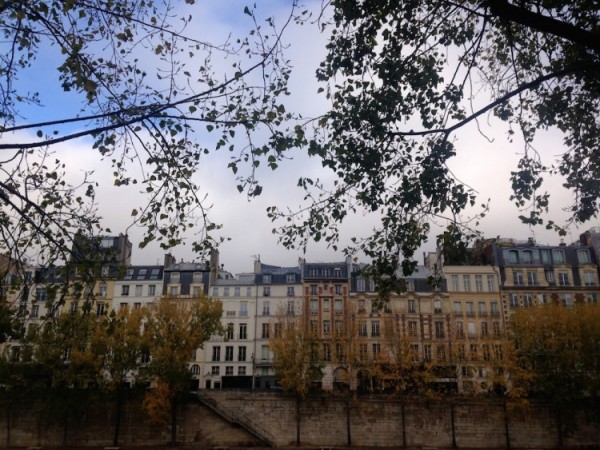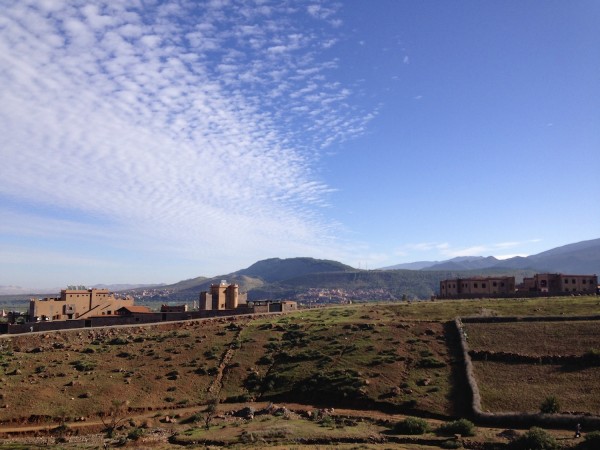MacAulay Steenson is a junior at St. Thomas, majoring in Art History and recently returned from a semester spent studying abroad. She is also an active member of the Department of Art History, working for our Visual Resources Library.
This past fall I was lucky enough to study in Paris. I may not have seen the Sistine Chapel or waited in line to see the Mona Lisa, but my semester abroad strengthened my love of art.
Since middle school, I have wanted to study in Paris, and this past semester lived up to all my highest expectations. I left Minnesota in late September to spend the next three months living, studying, and exploring France. Traveling with a program that began with two weeks in Cannes, my time consisted of mornings filled with French grammar and afternoons taking the train to different small towns along the coast of France. I visited the Roman ruins in Nice, as well as Vintimille and Monaco, and explored the medieval village of Eze, which has become a garden full of cacti.
In mid-October, we arrived in Paris and I began my academic classes. I continued taking French language courses and started two art history classes. One of my classes was on Parisian architecture and every week we spent class outside or in museums. Many of the lectures were given on the steps of that day’s subject, whether it was the Church of Saint-Sulpice or on one of Haussmann’s boulevards. Attending class at the Louvre was one of the highlights of my semester.
While I would like to say that my time in Paris was spent with an academic focus, the more truthful answer is that the novelty of living in Europe occupied most of my time. I went to around three different museums in Paris every week and made an effort to walk to as many places as I could. I loved the exhibits I saw at the Jeu de Paume and the Musée d’Art Moderne on Garry Winogrand and Sonia Delaunay. My favorite museum was the Musée Marmottan Monet, which had an amazing exhibit on how Monet came to paint “Impression, soleil levant.” I found that my favorite area of the city was the Marais, and spent many afternoons reading in various cafés. My favorite place to study was the Swedish Institute; their almond lemon cake is delicious!
My weekends were spent traveling. I quickly discovered that the best part of Europe is the cheap airline tickets. I went to London, Normandy, Prague (to visit fellow art history department employee Johnnay Leenay), Copenhagen and Marrakech. All of these places surprised me by how different one was from the others, and none took longer to reach than a flight from Minneapolis to Chicago. My favorite places were Copenhagen and Marrakech and the latter was the most beautiful place I visited. Before traveling to Marrakech I didn’t know much about the history of the city. The most fascinating part of it was how old many of the buildings and structures are, and that they are still in use today, servicing the same things that they were 800 years ago. The buildings were incredibly beautiful and an aesthetic for light, color and beauty was reflected throughout the city. Bahia Palace in particular had amazing tile work and painted doorways that exemplified the Moroccan patterns and colors that I saw in other parts of the city.
I am excited to be home, but I cannot wait to continue to travel and explore new cities. I gained a fondness for being outside of my comfort-zone and discovering places that are new to me. The great thing about studying art is that it can take you all over the world, and my list of things-to-see is constantly growing. Maybe next time I will pay Michelangelo a visit.





